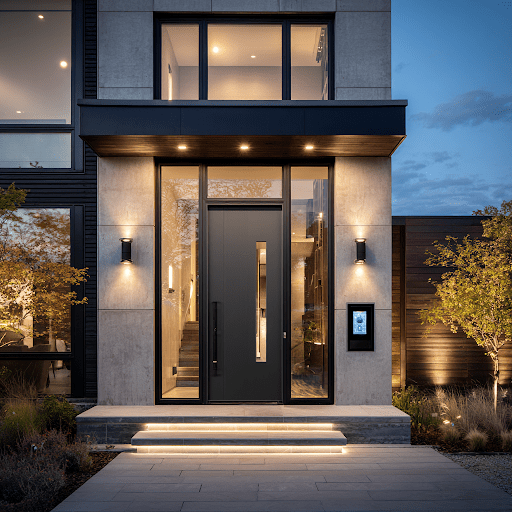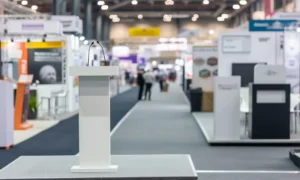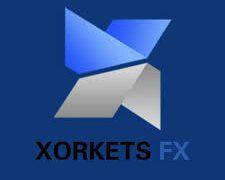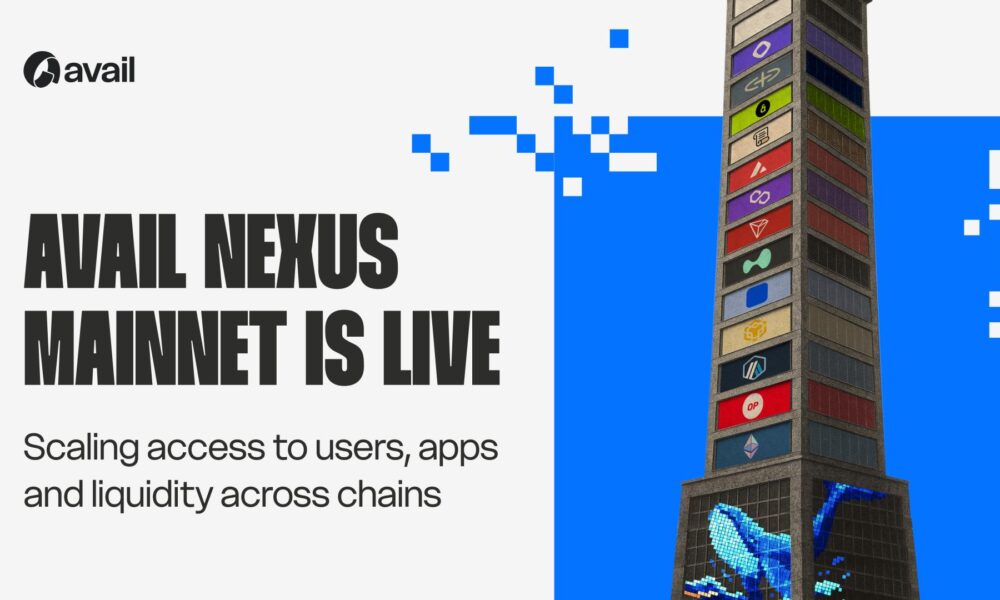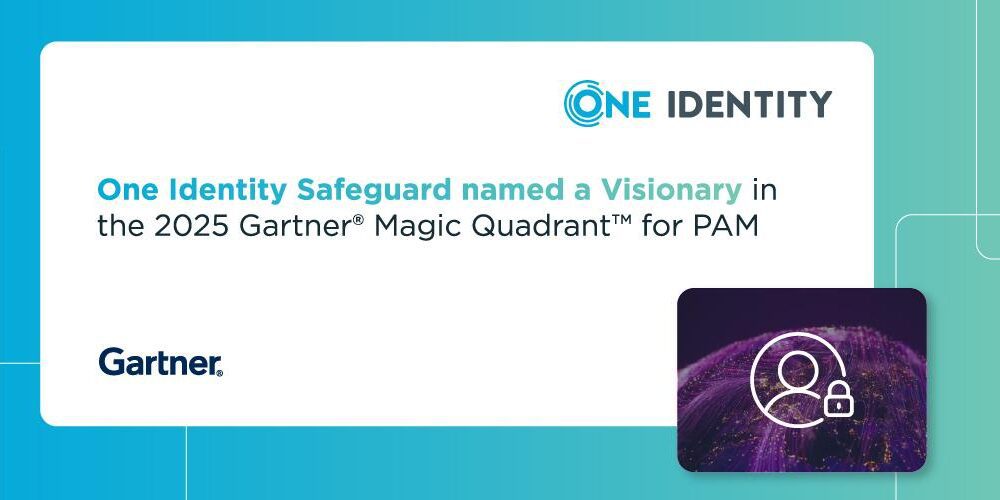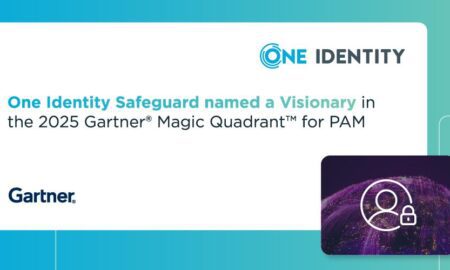In an era where digital transformation touches every corner of the financial landscape, real estate investors are discovering that property value optimization extends far beyond square footage and location. The integration of smart technology front doors with sidelights represents one of the most overlooked yet financially impactful upgrades in residential investment portfolios, where advanced front doors with sidelights equipped with IoT capabilities are quietly delivering returns that rival traditional renovation strategies. Much like how fintech disrupted banking by replacing outdated infrastructure with intelligent systems, smart entry technology is transforming how investors calculate property appreciation potential and rental income maximization.
The connection between entry point technology and property valuation follows principles familiar to any fintech analyst: infrastructure upgrades that combine security enhancement, operational efficiency, and user experience improvements consistently demonstrate measurable ROI. Innovative door technologies and smart features now incorporate biometric access control, remote monitoring, and automated climate sealing that appeals to the tech-savvy demographic driving premium rental markets. Meanwhile, smart home technology investment analysis reveals that properties integrating connected systems command rental premiums averaging 10 to 15 percent above comparable units lacking these features.
The Market Data Behind Smart Entry Investments
Real estate technology analytics paint a compelling picture for investors considering smart entry upgrades. Research analyzing over 35,000 property listings reveals that homes highlighting smart technology features, including advanced entry systems, command significantly higher asking prices than comparable properties without these integrations. The differential varies by market, with metropolitan areas showing the strongest correlation between smart technology presence and property valuation premiums.
More tellingly, survey data indicates that 28 percent of American homebuyers now express willingness to pay premium prices for properties featuring smart home integrations, with average value perceptions around $18,000 above baseline pricing. This represents nearly triple the percentage from just two years prior, suggesting accelerating market demand that savvy investors can capitalize on by staying ahead of adoption curves. The trajectory mirrors patterns observed in other technology adoption cycles, where early infrastructure investments yield disproportionate returns as mainstream acceptance accelerates.
From a pure investment perspective, the mathematics prove compelling: smart entry systems with comprehensive features typically cost between $1,500 and $5,000 installed, depending on integration complexity and feature sets. Meanwhile, the measurable impact on property values consistently exceeds installation costs by substantial margins. Properties in competitive rental markets experience occupancy rate improvements alongside rental income increases, creating dual-benefit scenarios that enhance overall portfolio performance metrics.
Security Premium: Quantifying Risk Reduction Value
Institutional investors increasingly recognize that security features translate directly to financial performance through multiple channels. Insurance carriers offer premium reductions averaging 5 to 20 percent for properties equipped with comprehensive smart security systems, including advanced entry monitoring. These reductions compound annually, creating ongoing operational expense improvements that enhance net operating income calculations critical to property valuations.
Beyond insurance arithmetic, security technology reduces vacancy-related risks that erode investment returns. Smart entry systems with activity logging and remote access capabilities allow property managers to monitor and control access precisely, reducing unauthorized entry incidents that generate both direct costs and tenant satisfaction issues. The ability to provide temporary access codes for maintenance personnel, conduct virtual showings, and immediately revoke access for departed tenants streamlines operations while reducing security vulnerabilities.
The liability risk reduction carries particular weight for investors managing multiple properties. Traditional key-based systems create ongoing vulnerabilities through lost keys, unauthorized duplication, and the inability to track who accessed properties when. Smart entry eliminates these exposure points, providing audit trails that protect against liability claims while ensuring only authorized individuals can access properties. For institutional portfolios, these risk management improvements justify smart entry investments even before considering property value appreciation benefits.
Tenant Acquisition Cost Reduction Through Technology Appeal
Property marketing has evolved into a data-driven discipline where differentiation advantages measurably impact acquisition costs and vacancy periods. Listings featuring smart entry technology alongside other connected systems attract 35 percent more inquiries than comparable properties lacking these features, according to marketing analytics from major rental platforms. This increased attention translates to faster lease-up periods that reduce carrying costs during turnover.
The demographic driving this demand shift aligns with premium rental segments: millennial and Gen Z tenants who expect technology integration as baseline rather than luxury. For these cohorts, smartphone-controlled entry represents expected functionality rather than novel feature, similar to how high-speed internet evolved from premium amenity to basic requirement. Investors targeting these demographics find smart technology integration essential for competitive positioning rather than optional enhancement.
From a tenant retention perspective, properties offering superior technology experiences generate measurably higher renewal rates. The convenience factor of smartphone-based entry, the security comfort of real-time access monitoring, and the lifestyle alignment of connected home ecosystems create switching costs that discourage tenant migration to competing properties. Given that tenant turnover represents one of the largest operational expenses in rental property management, improvements to retention rates deliver outsized impact on investment performance.
Energy Efficiency Synergies and Operational Cost Reduction
Smart entry systems rarely exist in isolation; they typically integrate with comprehensive home automation platforms that deliver operational efficiency improvements beyond security and access control. Advanced entry systems equipped with occupancy detection can trigger HVAC adjustments, lighting controls, and other systems based on whether properties are occupied, generating energy cost reductions averaging 15 to 25 percent annually.
These operational improvements matter particularly for investors managing utility costs, whether directly or through inclusive lease arrangements. The ability to automatically adjust climate control when entry systems detect departures, or to trigger energy-saving modes during extended vacancy periods, transforms entry technology from security investment to operational efficiency tool. The ROI calculation expands beyond property value appreciation to include ongoing expense reduction that improves cash flow performance.
Integration capabilities extend to predictive maintenance as well. Smart entry systems monitoring usage patterns can identify developing issues before they escalate into expensive emergency repairs. Door alignment problems, hardware wear, and weatherproofing degradation become identifiable through analytics before they manifest as tenant complaints or property damage. This predictive approach to property maintenance reduces both costs and tenant satisfaction issues that impact retention and reputation.
Capital Deployment Strategies for Smart Entry Integration
Institutional investors approach smart technology integration through portfolio-level strategies that maximize returns while managing implementation risks. Phased rollout approaches allow organizations to test technology platforms, refine installation processes, and gather performance data before committing to full portfolio deployment. This methodology mirrors how sophisticated fintech implementations proceed: pilot programs generate learnings that inform broader deployments while limiting downside exposure.
Financing structures for smart technology integration have evolved to support investment strategies. Equipment financing options treat smart entry systems as capital improvements that enhance property values, allowing investors to leverage installations rather than funding entirely from operating cash flow or reserves. The revenue improvements from reduced vacancy periods and rental premiums often exceed financing costs, creating positive arbitrage situations where leveraged technology investments generate immediate cash flow improvements.
Vendor selection strategies significantly impact implementation success and long-term ROI. Investors prioritizing open-standard platforms that integrate with multiple ecosystem partners avoid vendor lock-in situations while ensuring upgrade pathways as technology evolves. The parallel to fintech infrastructure decisions proves instructive: closed proprietary systems may offer short-term convenience but create long-term constraints that limit flexibility and increase switching costs as better alternatives emerge.
Market Segmentation and Technology Adoption Patterns
Investment strategies must account for significant market variation in smart technology valuation. Metropolitan markets with younger demographics and higher technology adoption rates demonstrate stronger correlations between smart entry features and property premiums. Properties in San Francisco, Seattle, New York, and Austin show particularly strong relationships between technology integration and valuation multiples.
Conversely, markets with older demographic profiles or lower technology literacy rates show more muted responses to smart technology features. Investors must calibrate integration strategies to market-specific conditions rather than applying uniform approaches across diverse geographies. The analysis parallels fintech adoption patterns, where urban millennials embrace digital banking substantially faster than rural older demographics.
Property type considerations further refine strategic approaches. Single-family rentals targeting young professional tenants demonstrate stronger ROI from comprehensive smart home integration including advanced entry systems. Multifamily properties require different implementation approaches, often favoring building-level security platforms that integrate with individual unit access controls. Student housing and corporate housing segments show particularly strong demand for smart entry technology given their tech-forward tenant bases.
Regulatory Landscape and Compliance Considerations
Smart entry technology implementations must navigate evolving regulatory frameworks governing data privacy, security standards, and tenant rights. Different jurisdictions impose varying requirements regarding access data retention, notification requirements for electronic monitoring, and tenant consent procedures. Investors must structure technology implementations to ensure compliance while preserving functionality benefits.
Data privacy regulations particularly impact smart entry systems given their capacity to generate detailed access logs. GDPR in Europe and state-level privacy laws in California and elsewhere impose strict requirements regarding how access data can be collected, stored, and utilized. Investors operating across multiple jurisdictions require technology platforms capable of configuring data handling practices to match location-specific requirements, adding complexity to vendor selection and system configuration.
Fair housing compliance represents another critical consideration. Smart entry systems must ensure equitable access regardless of tenant characteristics while avoiding discriminatory outcomes in access provision or monitoring. Documentation of system capabilities, implementation protocols, and operational procedures helps demonstrate compliance with fair housing mandates while protecting against liability risks.
Integration with PropTech Ecosystem Trends
Smart entry technology exists within broader property technology trends transforming real estate investment and management. Integration with building automation platforms, energy management systems, and tenant experience apps creates comprehensive ecosystems where individual components deliver synergistic benefits. The platform approach mirrors fintech evolution, where integrated financial services ecosystems generate superior user experiences and operational efficiencies compared to point solutions.
Artificial intelligence applications enhance smart entry systems through pattern recognition, anomaly detection, and predictive analytics. Machine learning algorithms analyzing access patterns can identify unusual behavior suggesting security threats while automating routine tasks like temporary access provisioning for contractors and service providers. These capabilities reduce management overhead while improving security outcomes, delivering value beyond basic access control functionality.
Blockchain applications in property technology offer intriguing possibilities for smart entry systems, particularly regarding secure key management and access audit trails. Decentralized identity verification and access control protocols could eventually allow property managers to grant access without centralized key databases, reducing security vulnerabilities while streamlining operational processes. While these applications remain emerging, investors monitoring PropTech innovation should track blockchain integration possibilities as potential sources of competitive advantage.
Forward-Looking Investment Thesis
The investment case for smart entry technology strengthens as market adoption accelerates and technology capabilities expand. Properties lacking these features face growing risks of competitive disadvantage as tenant expectations evolve and alternative investments offer superior technology experiences. The pattern mirrors how properties lacking high-speed internet connectivity became progressively difficult to rent as connectivity evolved from luxury to necessity.
Technological advancement trajectories suggest ongoing feature improvements that enhance value propositions over time. Biometric authentication, AI-powered security analytics, and seamless integration with broader smart home ecosystems represent likely developments that will expand functionality beyond current capabilities. Investors deploying smart entry systems today position properties to benefit from these advancements through software updates rather than requiring complete system replacements.
The convergence of PropTech innovation, demographic shifts toward technology-native renters, and operational efficiency imperatives creates sustained tailwinds for smart entry technology adoption. Institutional investors incorporating these systems into portfolio strategies benefit from multiple value creation mechanisms: property value appreciation, rental income premiums, operational cost reduction, and competitive positioning improvements. The ROI profile compares favorably to traditional property improvements while aligning with broader digital transformation trends reshaping real estate investment.

